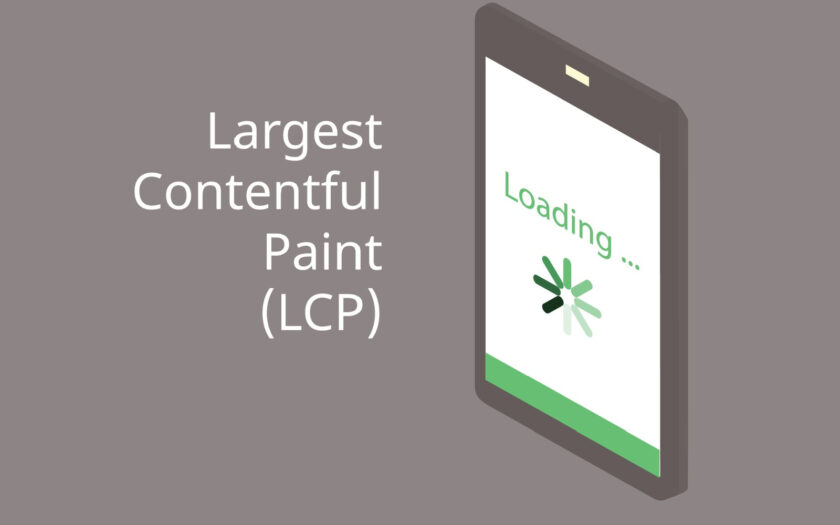Read more detailed guidance:
Now, let’s look into other metrics mentioned above that contribute to LCP.
Resource Load Delay
Resource load delay is the time it takes for the browser to locate and start downloading the LCP resource.
For example, if you have a background image on your hero section that requires CSS files to load to be identified, there will be a delay equal to the time the browser needs to download the CSS file to start downloading the LCP image.
In the case when the LCP element is a text block, this time is zero.
By optimizing how quickly these resources are identified and loaded, you can improve the time it takes to display critical content. One way to do this is to preload both CSS files and LCP images by setting fetchpriority=”high” to the image so it starts downloading the CSS file.
<link rel=”stylesheet” href=”https://www.searchenginejournal.com/assets/css/styles.css”>
<link rel=”preload” fetchpriority=”high” as=”image” href=”http://www.searchenginejournal.com/media/hero.webp” type=”image/webp”>
But a better approach – if you have enough control over the website – is to inline the critical CSS required for above the fold, so the browser doesn’t spend time downloading the CSS file. This saves bandwidth and will preload only the image.
Of course, it’s even better if you design webpages to avoid hero images or sliders, as those usually don’t add value, and users tend to scroll past them since they are distracting.
Another major factor contributing to load delay is redirects.
If you have external backlinks with redirects, there’s not much you can do. But you have control over your internal links, so try to find internal links with redirects, usually because of missing trailing slashes, non-WWW versions, or changed URLs, and replace them with actual destinations.
There are a number of technical SEO tools you can use to crawl your website and find redirects to be replaced.
Resource Load Duration
Resource load duration refers to the actual time spent downloading the LCP resource.
Even if the browser quickly finds and starts downloading resources, slow download speeds can still affect LCP negatively. It depends on the size of the resources, the server’s network connection speed, and the user’s network conditions.
You can reduce resource load duration by implementing:
WebP format.
Properly sized images (make the intrinsic size of the image match the visible size).
Load prioritization.
CDN.
Element Render Delay
Element render delay is the time it takes for the browser to process and render the LCP element.
This metric is influenced by the complexity of your HTML, CSS, and JavaScript.
Minimizing render-blocking resources and optimizing your code can help reduce this delay. However, it may happen that you have heavy JavaScript scripting running, which blocks the main thread, and the rendering of the LCP element is delayed until those tasks are completed.
Here is where low values of the Total Blocking Time (TBT) metric are important, as it measures the total time during which the main thread is blocked by long tasks on page load, indicating the presence of heavy scripts that can delay rendering and responsiveness.
One way you can improve not only load duration and delay but overall all CWV metrics when users navigate within your website is to implement speculation rules API for future navigations. By prerendering pages as users mouse over links or pages they will most likely navigate, you can make your pages load instantaneously.
Beware These Scoring “Gotchas”
All elements in the user’s screen (the viewport) are used to calculate LCP. That means that images rendered off-screen and then shifted into the layout, once rendered, may not count as part of the Largest Contentful Paint score.
On the opposite end, elements starting in the user viewport and then getting pushed off-screen may be counted as part of the LCP calculation.
How To Measure The LCP Score
There are two kinds of scoring tools. The first is called Field Tools, and the second is called Lab Tools.
Field tools are actual measurements of a site.
Lab tools give a virtual score based on a simulated crawl using algorithms that approximate Internet conditions that a typical mobile phone user might encounter.
Here is one way you can find LCP resources and measure the time to display them via DevTools > Performance report:
You can read more in our in-depth guide on how to measure CWV metrics, where you can learn how to troubleshoot not only LCP but other metrics altogether.
LCP Optimization Is A Much More In-Depth Subject
Improving LCP is a crucial step toward improving CVW, but it can be the most challenging CWV metric to optimize.
LCP consists of multiple layers of sub-metrics, each requiring a thorough understanding for effective optimization.
This guide has given you a basic idea of improving LCP, and the insights you’ve gained thus far will help you make significant improvements.
But there’s still more to learn. Optimizing each sub-metric is a nuanced science. Stay tuned, as we’ll publish in-depth guides dedicated to optimizing each sub-metric.
More resources:
Featured image credit: BestForBest/Shutterstock
